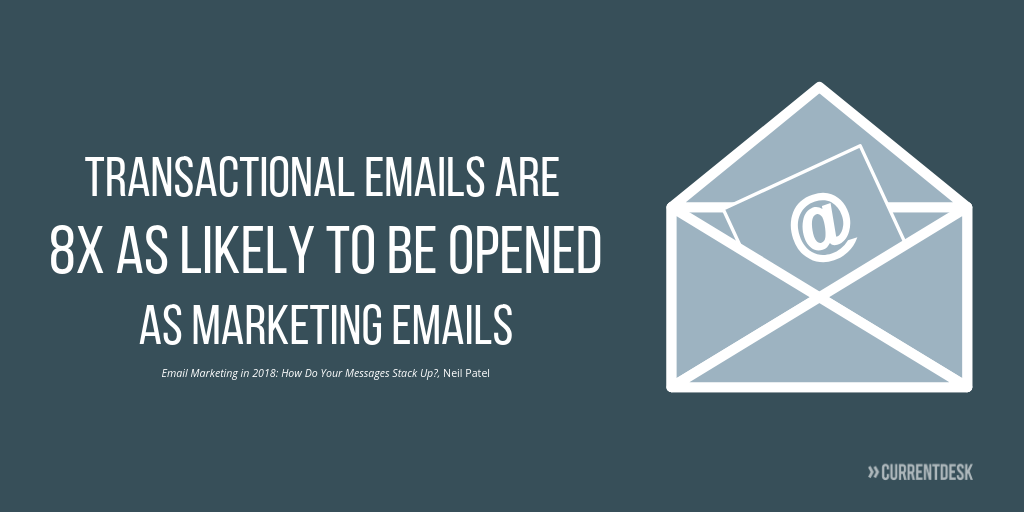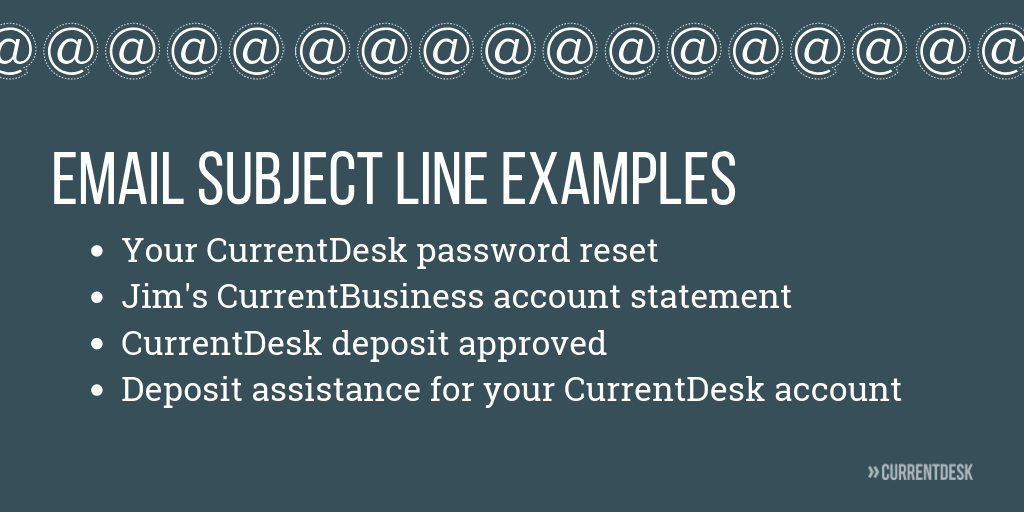Email Marketing | System Emails
Forex system emails as marketing emails
Your forex back office system likely sends emails to clients whenever certain events occur – for example, when they reach a margin call, someone resets the password for their account, or when important profile information is updated.
 These types of emails are called transactional emails or system email. Most industries send transactional emails, and they’re usually fairly boring. It’s fine for the emails to be basic, but you shouldn’t discount their importance.
These types of emails are called transactional emails or system email. Most industries send transactional emails, and they’re usually fairly boring. It’s fine for the emails to be basic, but you shouldn’t discount their importance.
This is the final post in our series on email marketing for forex brokers. Here, we’ll cover the system emails you should definitely send to clients and offer some tips on how to use those emails to create trust with clients and strengthen your brand.
Using password reset and margin call emails, you can increase traders’ trust and make a mundane task a little more friendly.
4 system emails to send
There are some emails you know you have to send to clients, like margin calls. Those emails communicate essential information.
However, there are other types of system emails that you may not be sending to clients. These emails can help show clients that your brokerage is looking out for them.
1. Deposit confirmation emails
Whenever a forex client makes a deposit, send them an email to confirm the deposit was successfully received or to let them know there was a problem. When clients make a deposit, they’re often excited to make trades, meaning it’s a perfect time to highlight your relationship with them. Use these emails to take the opportunity to thank them for their business.
2. Monthly statements
Sending monthly statements to clients keeps them engaged with their investment activity. These are especially good for clients with managed accounts because they might not have a lot of interaction with your firm on a regular basis. Make the emails as informative as possible so that clients understand what’s happening with their money.
3. Reminder instructions
If a trader signs up for an account but doesn’t make a deposit within a certain amount of time, send an email with instructions on how to make a deposit. This follow up email could be automated with your back office software.
4. Password resets
Send an email whenever someone changes the account password from within the system. Sending the email will help ensure that the account hasn’t been accessed by someone else, which could prevent chargebacks and other loss due to fraud. Password reset emails also show your clients that you take the security of their account seriously.
Tips for writing system emails
 All of the system emails you send can strengthen your brand voice, meaning they can help show clients your firm’s priorities and personality.
All of the system emails you send can strengthen your brand voice, meaning they can help show clients your firm’s priorities and personality.
In other words, your brand voice tells your clients who your firm is, and transactional emails can reinforce that persona.
Having a consistent brand voice in your marketing emails and your system emails demonstrates that your brand doesn’t change once someone is a client. These emails are one way to show clients that you keep your promises, and when forex traders know that, they’re more likely to trust your firm with their investments.
Here are 10 tips for sending good transactional emails to forex traders.
- Use a specific subject line. Don’t want to waste clients’ time by making them guess what your email is about. You don’t want them to delete it because they didn’t realize it was important. Use a subject line that is informative and concise.
- Make the purpose of the email crystal clear. Use a larger font, different color, or some kind of formatting to draw the reader’s attention to a sentence that states the main reason for the email.
- Make emails mobile-friendly. Most clients will read your emails on their phones, so make sure your transactional emails look good on mobile screens.
- Personalize the email. Use your back office software to automatically add the client’s name to the email. This helps show the email applies to them.
- Include your firm’s contact information. It should be easy for clients to get in touch with you. Make sure your business’ email address, phone number, and any social media links are included in the footer of all transactional emails.
- Don’t use a no-reply email address. Even though you’re including your contact information, the easiest way for someone to ask questions about the email they received is to reply. Use an email address that someone will check to show clients that you’re open to their questions.
- Use images and colors, if you do in your marketing emails. The visual appearance of your transactional emails should be the same as your marketing emails. A consistent appearance adds credibility to the email. Consistency also reinforces your brand identity.
- Use the same voice in writing transactional emails as you do in your marketing emails. Consider the voice you use in marketing emails. Is it very professional? Is it fun? The way you communicate basic information should be similar to the way you communicate sales information. Check out this article on tone and voice for a better sense of how to change your words without changing your brand identity.
- Specify any important dates or times. If you’re notifying someone about an event that occurred, use the specific date and time instead of something like recently. Someone may have recently changed their password, but they didn’t do it on April 2 at 1:33 pm EST. Correct information is what makes transactional emails useful to clients – make sure you give it to them. Since your forex clients may be in a different timezone, be as specific as possible.
- Include a CTA. It may seem like you only need to convey information to your clients with a transactional email, but include a CTA to encourage them to interact with you too. It can be as simple as telling them to read your latest blog post or providing a link for them to open a new trade.
Transactional emails should address your customers like people, not users. When you write with that in mind, they’ll all be better and less robotic. Your clients are human, and they may have different levels of satisfaction with your investment firm. Use these emails to improve your relationship with all your clients.
To read more about client retention, check out our post on Client Retention Tips.


Comments are closed.